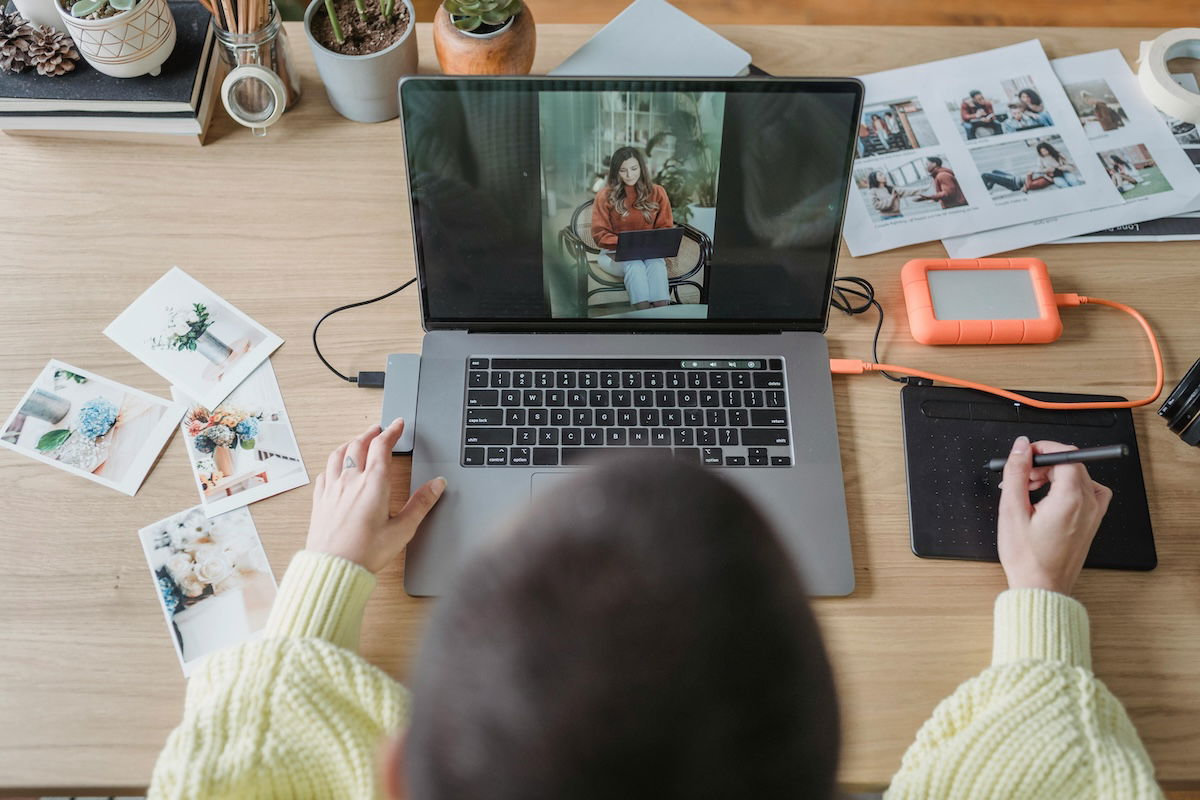KENDALL CAMERA CLUB BLOG FEED
The Ultimate Miami Photography Club Since 1977
Editing large expanses of green grass can transform an otherwise flat image into something much more dynamic. It’s not just about pushing the contrast slider up and hoping for the best. To make an image pop, especially when working with grass or other natural elements, you need to approach it with more precision. [ Read More ]Original link(Originally posted by Alex Cooke)
Street photography is unpredictable, fast, and often happens when you least expect it. Capturing those moments requires preparation and awareness, which is why understanding key principles can make a significant difference in your work. [ Read More ]Original link(Originally posted by Alex Cooke)
Apple has announced that its new personal intelligence system, Apple Intelligence, will begin rolling out next month with iOS 18.1, iPadOS 18.1, and macOS Sequoia 15.1. This new system integrates generative models with personal context to deliver personalized, private, and useful intelligence across Apple devices. [ Read More ]Original link(Originally posted by Alex Cooke)
I cannot believe that it has been over a year since I first wrote about how photography saved my own life, and I firmly believe it can save yours too. Trigger warning: this article contains references to suicide, which some may find upsetting. [ Read More ]Original link(Originally posted by Greg Sheard)
Hasselblad has introduced its first ultra-wide angle zoom lens for the XCD series, the XCD 20-35mm f/3.2-4.5 E. This new lens expands the XCD system, offering photographers the flexibility to capture a variety of subjects, including landscapes, cityscapes, and architecture, with a broad field of view. It features a focal length range of 20-35mm, equivalent to 16-27mm in full frame, making it one of the widest zoom options available in the medium format market. The lens promises high optical performance, quick focusing, and versatility in a wide range of lighting conditions. [ Read More ]Original link(Originally posted by Alex Cooke)
Centralized composition might be an older technique, but it still offers one of the most powerful ways to create immediate impact in your images. If you’ve struggled with feeling like your subject gets lost in the frame or your composition seems unbalanced, this approach could be what you’re missing. [ Read More ]Original link(Originally posted by Alex Cooke)
As a landscape photographer, I've come to realize that one of the most important factors that can make or break a shoot is the weather. Landscapes themselves might not change, but the way they appear through the lens can vary dramatically depending on the weather. Understanding how to predict and interpret weather conditions is something I now consider crucial for capturing standout images. I only wish I’d appreciated its importance earlier in my journey. Before we get into what I wish I knew, let's discuss the importance of understanding weather for landscape photography. [ Read More ]Original link(Originally posted by Darren Spoonley)
Many photographers find editing frustrating, especially if they’re more focused on capturing the shot than on enhancing it later. However, mastering a solid editing workflow can drastically elevate the quality of your work, giving your photos the polish they need to stand out. [ Read More ]Original link(Originally posted by Alex Cooke)
Every smartphone photographer needs a great time-lapse app if they’re interested in experimental photography. Time-lapse photography is a great way to push your creative camera skills. And with one of these fantastic time-lapse apps, you don’t need complicated or expensive equipment. Time Lapse Camera is our top recommendation. It’s a brilliant app for Android phones that’s perfect for time-lapse enthusiasts. But we also have apps for iPhones, with plenty of options in this list. And if you really want to learn more about time-lapse photography, we have a dedicated in-depth video course that will take your creativity to the next level. In-Depth Video Course Total Time-Lapse Learn everything you need to know about time-lapse photography:Master camera settings for pro-quality videos.Practical advice...

When looking for an all-in-one zoom lens, you want something versatile yet compact, capable of handling everything from wide angle shots to impressive telephoto captures. Lenses like the Tamron 28-300mm f/4-7.1 Di III VC VXD are designed for exactly that, offering flexibility without the need to constantly switch gear. However, as with any super zoom, there are compromises in terms of light gathering ability and image quality. Here's what you can expect. [ Read More ]Original link(Originally posted by Alex Cooke)
Products like Adobe Photoshop and Adobe Lightroom lead the photo editing industry. But they also have a steep learning curve. And sometimes you don’t need all the editing tools they offer. Plus, they are expensive! That’s why we’ve compiled a list of the 12 best free photo editing software. Capturing a scene is only the first step toward a perfect image. You often must tweak the exposure, contrast, color, or other compositional components. And free photo editing software will help you get the most out of your image without costing you a penny! © Cotton Bro What Makes the Best Free Photo Editing Software? The best free editing software will be an application that provides a wide range of professional photo editing...

Imagine getting 43 pounds of vintage lenses shipped all the way from Japan—without knowing exactly what’s inside. It’s a bit like treasure hunting, except this time the treasure comes wrapped in bubble wrap and mystery. [ Read More ]Original link(Originally posted by Alex Cooke)
Canon has announced the new EOS C80, a 6K full frame cinema camera designed for filmmakers who need advanced features in a compact package. This new camera offers impressive capabilities including a back-illuminated stacked CMOS sensor, triple-base ISO, and advanced autofocus technology, making it a powerful option for both professional and enthusiast videographers. [ Read More ]Original link(Originally posted by Alex Cooke)
The Viltrox 27mm f/1.2 Pro lens is the second offering in the company's line of lenses designed to appeal to professional photographers. In this review, we will find out if this lens has what it takes to get the job done for serious amateurs and professionals alike. [ Read More ]Original link(Originally posted by Pete Coco)
Nikon adds another welcome addition to its Z lineup of lenses today with the NIKKOR Z 50mm f/1.4. [ Read More ]Original link(Originally posted by Christopher Malcolm)
Aputure has introduced the STORM 1200x, a high-output, versatile point-source light designed for film and photography professionals. The STORM 1200x is the first product in Aputure's new STORM family, featuring a groundbreaking BLAIR light engine that significantly enhances white light quality across a wide color temperature range. This fixture promises exceptional performance for a variety of professionals, including cinematographers, videographers, lighting technicians, and photographers. [ Read More ]Original link(Originally posted by Alex Cooke)
Apple's latest iPhone 16 and iPhone 16 Pro lineup introduces a new feature called Camera Control, which enhances the user experience for photo and video capture by making the interaction with the camera system faster and more intuitive. [ Read More ]Original link(Originally posted by Alex Cooke)
Apple has officially unveiled the iPhone 16 Pro and iPhone 16 Pro Max, the latest additions to its Pro lineup. Powered by the A18 Pro chip and introducing a host of new features, these devices aim to enhance user experience with larger display sizes, improved camera capabilities, and longer battery life. Both models are equipped with Apple Intelligence, a personal system that uses generative models for tasks while ensuring privacy through Apple’s Private Cloud Compute. [ Read More ]Original link(Originally posted by Alex Cooke)
One light can go a long way if you know how to maximize its full potential. [ Read More ]Original link(Originally posted by Jason Vinson)
Why do we take photos? It's a question that gets to the heart of why you pick up your camera. There's a deeper, more personal reason than just snapping a nice picture. [ Read More ]Original link(Originally posted by Alex Cooke)